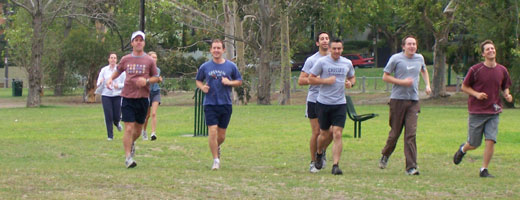Tips, news & views
On one hand, this TV show has proven to be very motivating to those considering - or currently - improving their health & fitness. On the other, it gives a false sense of what one can achieve through sensible training methods. Let's delve into it a little deeper...
The first thing to consider is that this concept is not just about weight loss, it's about winning a competition and therefore a big bag of money. This is a massive motivator that the average guy or girl does not have. Also, the contestants are removed completely from their normal lives, are rigorously trained 3-4 a day and have free access to healthy food. It's a recipe for success. Unfortunately, it is very hard to replicate this environment in real life.
There is also a concern about the ongoing health of the contestants. These people are often morbidly obese, untrained and very unhealthy. The immediate stresses - physical, mental and emotional - are huge. It would be intersting to know how often contestants are hospitalised, require saline drips, faint, throw up, suffer intense DOMS and so on. These issues are not addressed and thus an uneven picture of their training is presented to the public.
We at CFV wish every contestant the best of luck in achieving their goals. We also hope that the rest of the community understands that this is a game show.









Post a Comment
Create a Link
<< Home